There’s a growing consensus that the typical Western burial is pretty unsustainable. From the chemicals used to prepare the body, to the metal caskets and concrete plots that store corpses, to the water-intensive park-like atmosphere of many cemeteries, some forward-thinking folks are looking for more eco-friendly ways to leave their mortal coils behind. (And no, cremation doesn’t count if you’re concerned about your carbon footprint.)
While world religions and ancient history are replete with alternative burial solutions, some of the most mesmerizing are found in ossuaries. Sometimes also referred to as charnel houses, these structures prominently display human bones for decoration, contemplation, and memorialization in a space-efficient way that also happens to be aesthetically pleasing. We’ve selected 13 of the most striking sites, but there’s many more catalogued in the book The Empire of Death and its companion website Empire de la Mort.











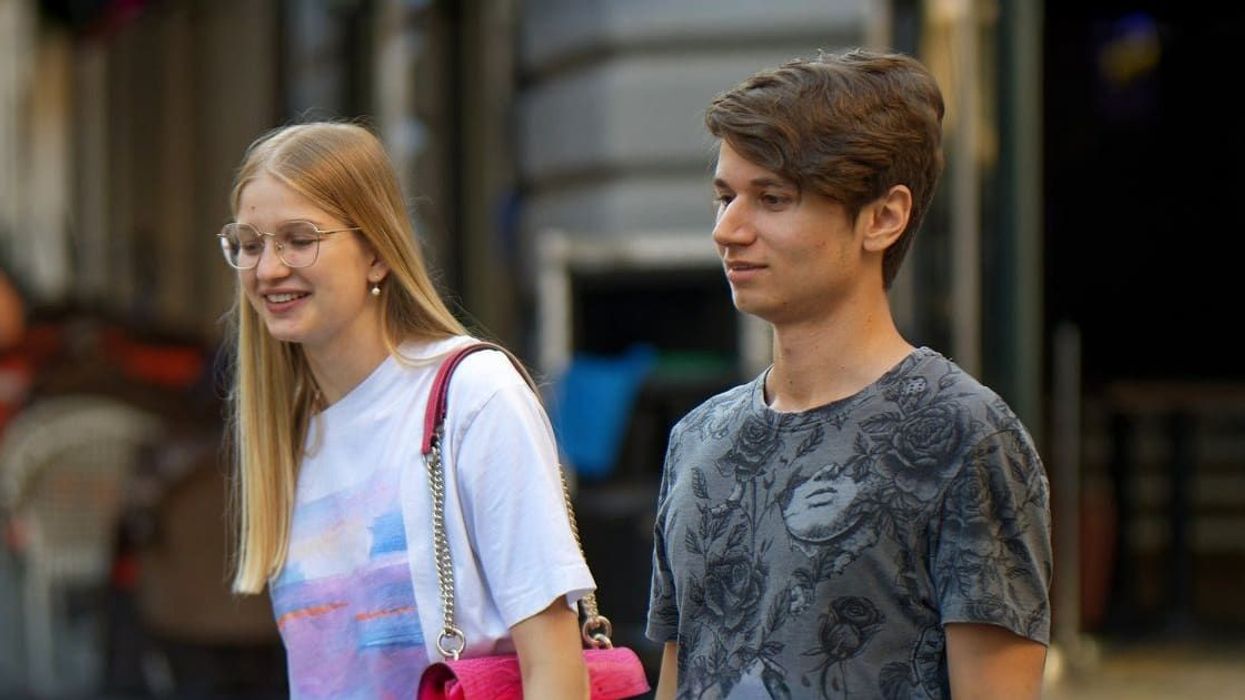

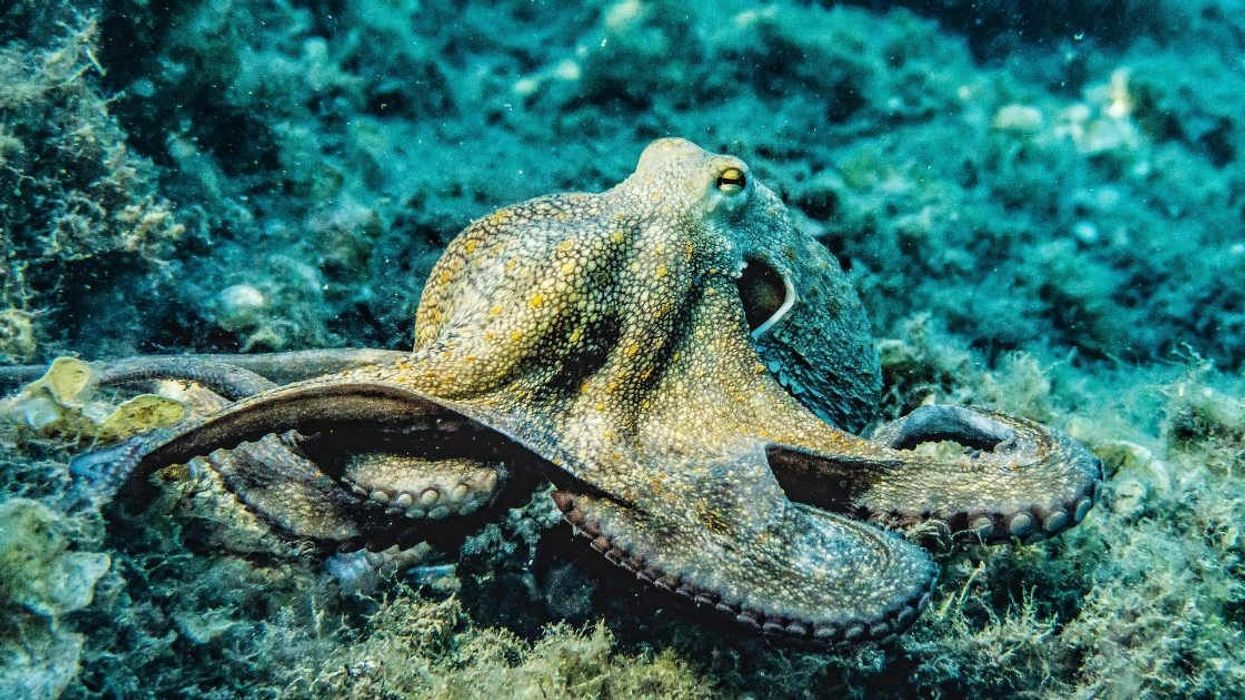
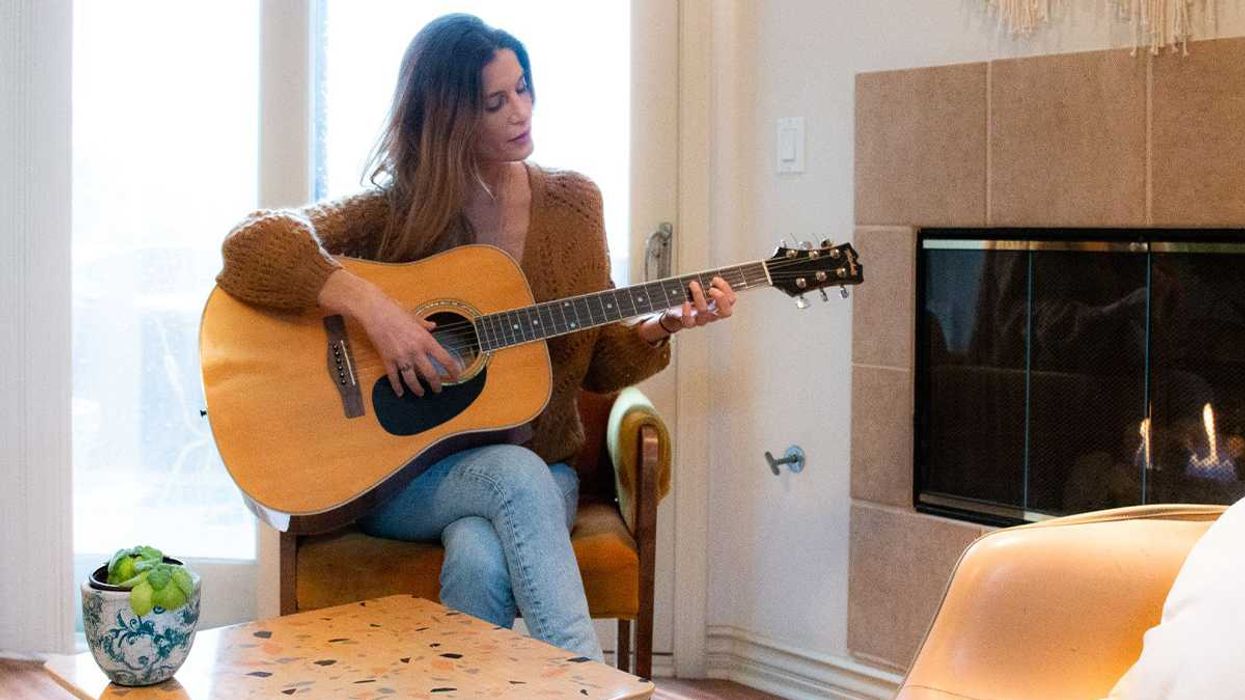

 Gif of young girl looking at someone suspiciously via
Gif of young girl looking at someone suspiciously via 

 A bartender makes a drinkCanva
A bartender makes a drinkCanva
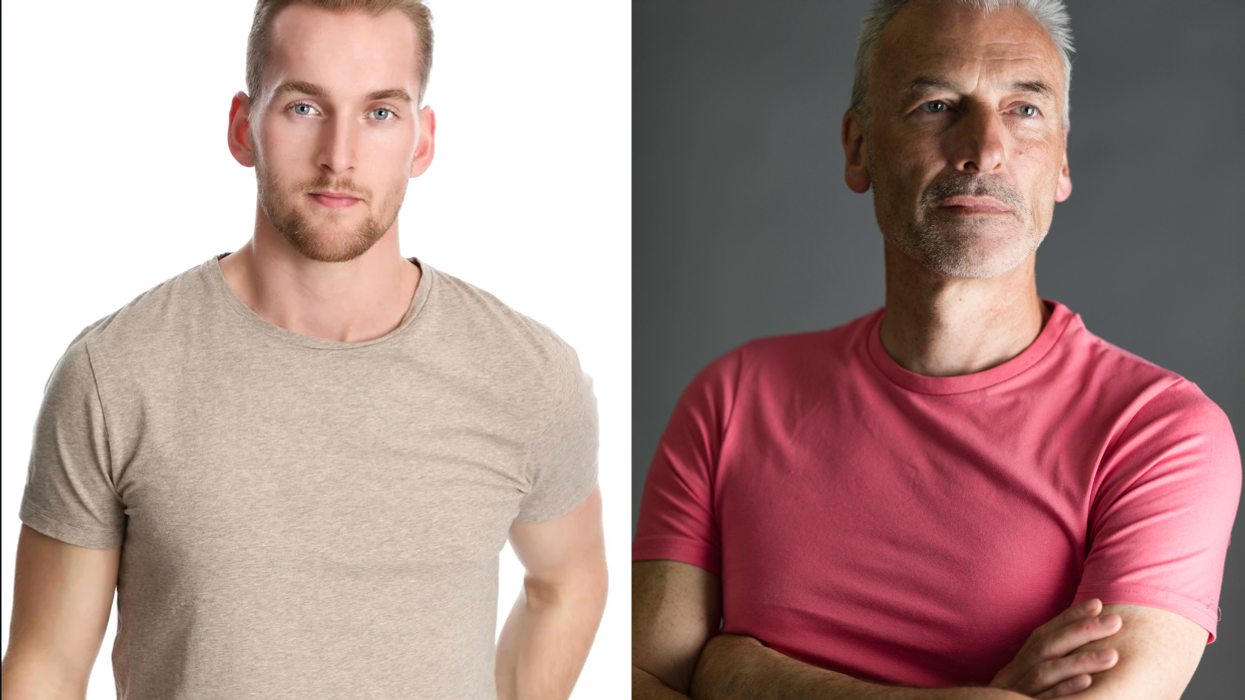

 Woman drinking in the morning air.Photo credit
Woman drinking in the morning air.Photo credit  Coffee.Photo credit
Coffee.Photo credit  A cup of tea.Photo credit
A cup of tea.Photo credit  Woman drinks morning brew.Photo credit
Woman drinks morning brew.Photo credit 

 Two young women hang out in a 1980s-themed roomCanva
Two young women hang out in a 1980s-themed roomCanva 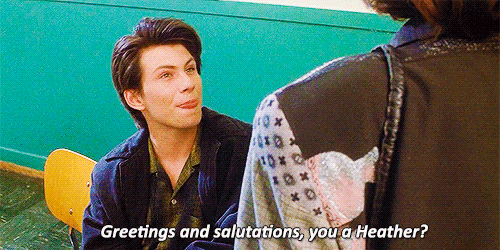 Gif from the movie "Heathers" via
Gif from the movie "Heathers" via